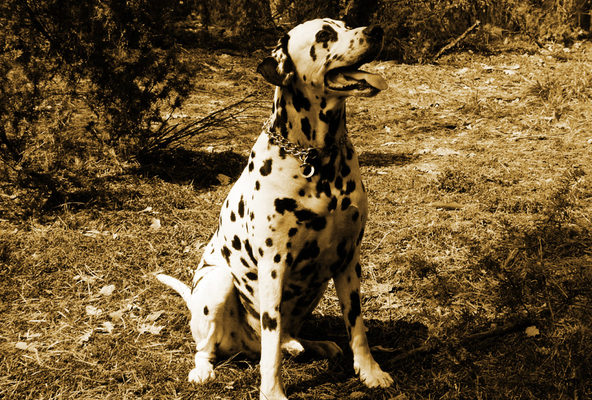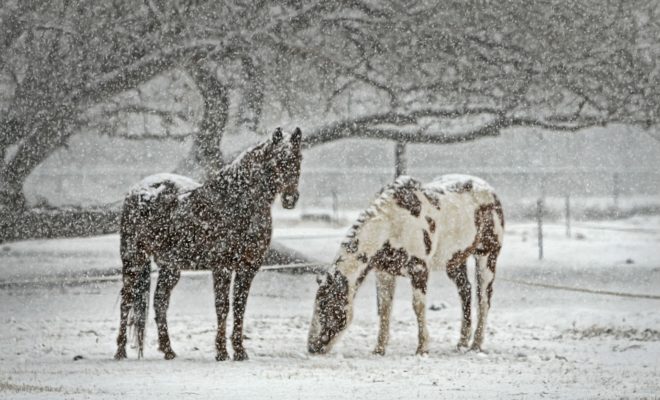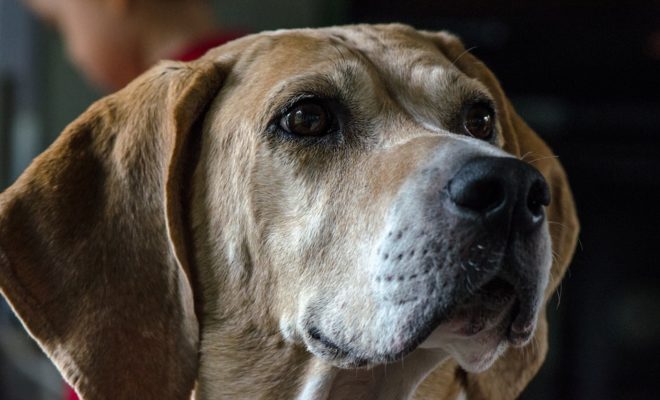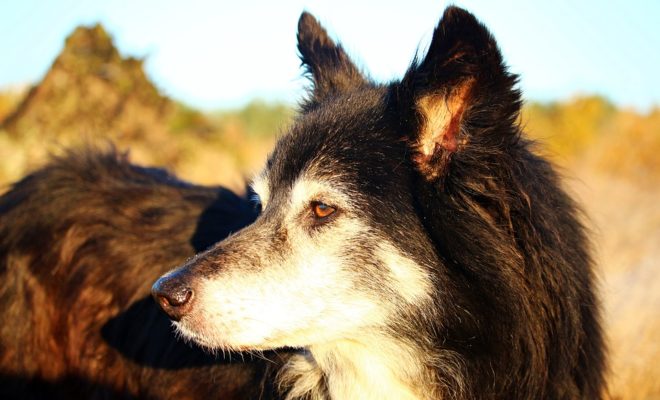GENERAL HISTORY OF DOGS

There is no ambiguity in the possibility that in the soonest time of man’s residence of this world he made a companion and buddy or some likeness thereof of native illustrative of our cutting edge puppy, and that as an end-result of its guide in shielding him from more stunning creatures, and in guarding his sheep and goats, he gave it a share of his nourishment, a corner in his home, and developed to trust it and administer to it. Most likely the creature was initially little else than a curiously delicate jackal, or a feeble wolf driven by its associates from the wild ravaging pack to look for sanctuary in outsider environment. One can well consider the likelihood of the organization starting in the situation of some defenseless whelps being brought home by the early seekers to be tended and raised by the ladies and kids. Puppies brought into the home as toys for the youngsters would develop to respect themselves, and be respected, as individuals from the family
In almost all parts of the world hints of an indigenous canine family are found, the main exemptions being the West Indian Islands, Madagascar, the eastern islands of the Malayan Archipelago, New Zealand, and the Polynesian Islands, where there is no sign that any puppy, wolf, or fox has existed as a genuine native creature. In the antiquated Oriental grounds, and for the most part among the early Mongolians, the pooch stayed savage and dismissed for a considerable length of time, slinking in packs, thin and wolf-like, as it lurks today through the lanes and under the dividers of each Eastern city. No endeavor was made to appeal it into human friendship or to enhance it into submission. It is not until we come to inspect the records of the higher civilisations of Assyria and Egypt that we find any particular assortments of canine frame.
The pooch was not incredibly refreshing in Palestine, and in both the Old and New Testaments it is usually discussed with hatred and scorn as an “”unclean mammoth.”” Even the commonplace reference to the Sheepdog in the Book of Job “”But now they that are more youthful than I have me in criticism, whose fathers I would have despised to set with the puppies of my run”” is not without a proposal of disdain, and it is huge that the main scriptural inference to the canine as a perceived partner of man happens in the fanciful Book of Tobit (v.16), “”So they went forward both, and the young fellow’s pooch with them.””
The immense huge number of various types of the pooch and the boundless contrasts in their size, focuses, and general appearance are realities which make it hard to trust that they could have had a typical family. One thinks about the contrast between the Mastiff and the Japanese Spaniel, the Deerhound and the elegant Pomeranian, the St. Bernard and the Miniature Black and Tan Terrier, and is astounded in thinking about the likelihood of their having dropped from a typical begetter. However the uniqueness is no more prominent than that between the Shire horse and the Shetland horse, the Shorthorn and the Kerry cows, or the Patagonian and the Pygmy; and all pooch reproducers know that it is so natural to create an assortment in sort and size by considered determination.
All together legitimately to comprehend this question it is important first to consider the character of structure in the wolf and the puppy. This character of structure may best be contemplated in a correlation of the bony framework, or skeletons, of the two creatures, which so nearly look like each other that their transposition would not effectively be distinguished.
The spine of the pooch comprises of seven vertebrae in the neck, thirteen in the back, seven in the loins, three sacral vertebrae, and twenty to twenty-two in the tail. In both the puppy and the wolf there are thirteen sets of ribs, nine genuine and four false. Each has forty-two teeth. They both have five front and four rear toes, while apparently the regular wolf has so much the presence of a vast, uncovered boned pooch, that a well known portrayal of the one would serve for the other.
Nor are their propensities distinctive. The wolf’s regular voice is an uproarious cry, however when bound with mutts he will figure out how to bark. In spite of the fact that he is savage, he will likewise eat vegetables, and when wiped out he will snack grass. In the pursuit, a pack of wolves will partition into gatherings, one after the trail of the quarry, the other attempting to catch its withdraw, practicing a lot of technique, an attribute which is shown by a considerable lot of our brandishing canines and terriers when chasing in groups.
A further essential purpose of likeness between the Canis lupus and the Canis familiaris lies in the way that the time of incubation in both species is sixty-three days. There are from three to nine fledglings in a wolf’s litter, and these are visually impaired for twenty-one days. They are suckled for two months, yet toward the end of that time they can eat half-processed tissue ejected for them by their dam or even their sire.
The local pooches of all areas surmised nearly in size, shading, shape, and propensity to the local wolf of those districts. Of this most critical condition there are extremely many occurrences to permit of its being looked upon as a minor happenstance. Sir John Richardson, writing in 1829, watched that “”the likeness between the North American wolves and the household pooch of the Indians is great to the point that the size and quality of the wolf is by all accounts the main distinction.
It has been recommended that the one indisputable contention against the lupine relationship of the canine is the way that every residential puppy bark, while all wild Canidae express their emotions just by wails. In any case, the trouble here is not all that good as it appears, since we realize that jackals, wild pooches, and wolf pups raised by bitches promptly get the propensity. Then again, local pooches permitted to run wild overlook how to bark, while there are some which have not yet adapted so to convey what needs be.
The nearness or nonappearance of the propensity for yelping can’t, then, be viewed as a contention in choosing the question concerning the beginning of the puppy. This hindrance thusly vanishes, abandoning us in the position of concurring with Darwin, whose last speculation was that “”it is profoundly likely that the local puppies of the world have plunged from two great types of wolf (C. lupus and C. latrans), and from a few other far fetched types of wolves in particular, the European, Indian, and North African structures; from no less than maybe a couple South American canine species; from a few races or types of jackal; and maybe from at least one wiped out animal groups””; and that the blood of these, now and again blended together, streams in the veins of our household breeds.










